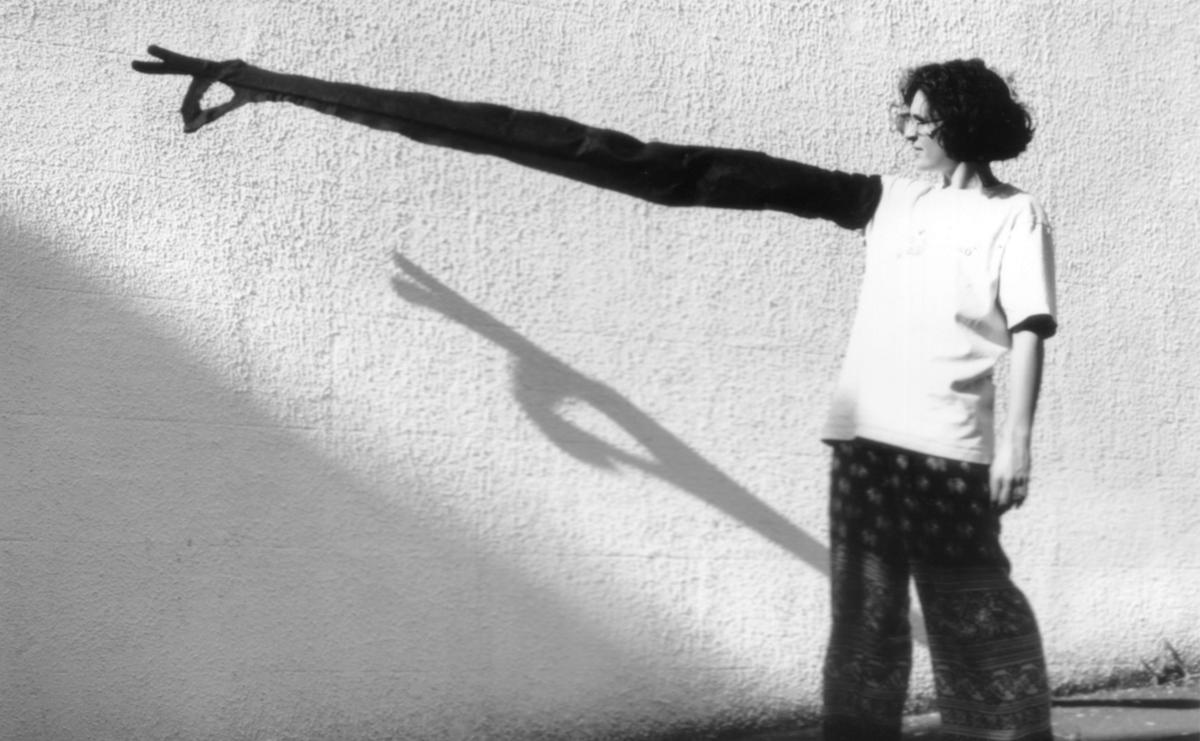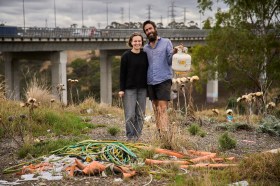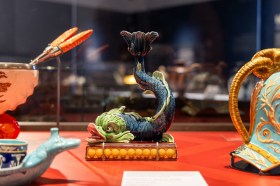Australian universities have struggled with the sudden drop in international students and campus closures caused by COVID. The overall impact on the tertiary sector, which was largely unable to access JobKeeper, has been significant. We are now beginning to see the real costs as redundancies are accepted, courses are axed, and further staff cuts loom.
Recently, Australian National University (ANU) announced 10% of jobs will be cut. With 250 staff taking volunteer redundancy, this means a further 215 full-time positions will need to go. For ANU’s School of Arts and Design, it means Furniture, Jewellery and Object workshops may be cancelled, and the Glass Workshop and Ceramics Workshop will be restructured.
Read: Deep cuts at ANU’s School of Arts and Design
With studio-based learning a clear target, other universities have similarly dropped courses and cut back on experienced staff.
Griffith University plans to stop offering Jewellery and Small Objects, Printmaking, Advertising Photography and Documentary Photography and Photojournalism courses. UNSW Faculty of Art & Design will become a school within a larger Faculty that will merging Arts & Social Sciences with Art & Design and Built Environment. And across Bass Strait, the University of Tasmania (UTAS) is also cutting degrees, going from 514 to ‘somewhere less than about 120’, according to Times Higher Education.
It is still unclear what impact these changes in arts education will have on current and future students. Understandably, many are concerned that the loss of teaching capacity and specialisation in the arts will cause irreparable damage to the sector.
Greater Western Sydney – an example
In the wake of all the mergers, closures, and cuts, Space YZ, an upcoming exhibition at Campbelltown Arts Centre, raises an important question. What legacy does an art school leave behind?
Specifically, Space YZ is an exhibition of work by alumni from Western Sydney University (WSU) art school before its closure 12 years ago in 2009.
‘We don’t often define art history based on art schools, with some iconic exceptions, like the Bauhaus,’ said curator Daniel Mudie Cunningham. ‘I started thinking about what happens to that art history when an art school disappears.’
With this in mind, the exhibition includes work by 88 Visual Arts and Electronic Arts alumni created during their undergraduate studies or within two years of graduation, including Brook Andrew, Liam Benson, Raquel Ormella, Savanhdary Vongpoothorn and Justene Williams, among others.
‘People often remember UWS art school with a lot of affection. They remember it being quite different; people use adjectives like “radical” and “experimental”, things like that. And it was very different. What set it apart was the pedagogy and the commitment from artist lecturers who made it a very much their mission to teach differently and make students think differently,’ explained Mudie Cunningham.
‘I started thinking about what happens to that art history when an art school disappears.’
– Daniel Mudie Cunningham
A parallel website activates the university archives and subsequent careers of the former Western Sydney art school alumni. It houses essays by artists, academics and arts workers who influenced the creative fabric of Western Sydney from the eighties to 2009 (when the art school operated) and offers further insight into what is now remembered as a radical and experimental space.
In a way, the exhibition and website is a rallying cry against the closure of art schools and advocates for better access in Western Sydney, as well as the rest of Australia.
‘UWS produced one of the greatest art schools of my generation, and this cannot be understated. I had the honour of opening the last graduate exhibition by the final cohort of UWS students, which was held at Carriageworks in 2009. There I felt a sense of loss and a great sadness that the arts, something that has changed my life, was clearly not valued. Over the past two decades, I have seen art schools shrink and close as they don’t neatly fit within the university framework.’
– Michael Dagostino, Space YZ Foreward.
Without a local art school to support younger people in the area, Greater Western Sydney has experienced a deficit in art education. The Recalibrating Culture report published in 2017 by Western Sydney University’s Institute for Culture and Society found that ‘younger people are less well positioned to take up creative work’ in the region as a result.
‘An ageing artist population, supported by superannuation or a waged partner, is not one that can sustain a creative culture in the longer term. The resources allocated to the arts and cultural sector must take this (seemingly widening) schism into account,’ the report continued.
The ongoing cuts in 2020 potentially extend this deficit to a state and national level.
‘The question in NSW now, is where the hell would you go?’ said Dr Nigel Helyer, independent artist and former Head of the Sculpture, Performance and Installation Studio at Sydney College of the Arts.
‘Because in NSW there is only one dedicated art school left, which is the fee-paying National Art School. UNSW is basically a design school, Sydney College of the Arts is being absorbed into the fabric of Sydney Uni with a reduced range of studio-practice. UTS doesn’t have an art school, Macquarie doesn’t have an art school. This is a populous state, but there are precious few serious choices for young people who want to be an artist,’ Helyer said.
The COVID Excuse
The situation facing art schools isn’t necessarily new. Although exacerbated by COVID-19, art schools have always struggled to keep square meterage on campus.
‘Student to staff ratios need to be kept low, the space requirements are high, and many of the processes such as hot glass are just simply expensive. Almost on every count universities simply can’t stand art schools,’ said Helyer.
Think back to 2016, when Sydney College of Arts was set to merge with UNSW Art & Design, until the merger was halted in response to overwhelming protest from the community. We’ve also seen the removal of student loan facilities from 57 creative TAFE courses under the Turnbull Government’s tertiary education reform, with then Minister for Education and Training Simon Birmingham citing these courses as a ‘lifestyle’ choice. All coinciding with historically low funding for the arts.
‘COVID has, in a way, given many universities an excuse to downsize dramatically, as has the Federal Government’s recent fee increases for the humanities,’ said Dr Cecelia Cmielewski, Research Officer at the Institute for Culture and Society, Western Sydney University.
‘This is a smoke screen that masks the issue often is that there isn’t any exploration of how a university might function or how to deliver the same quality of arts education. It hasn’t really been investigated; they’re just looking after their bottom line. And this is compounded because there is no arts policy in Australia, which sends the message that the arts aren’t valued.’ she said.
‘Almost on every count universities simply can’t stand art schools.’
– Dr Nigel Helyer
In 2014 Professor Noel Frankham, then Head of the Tasmanian School of Art, released a report on trends in Australian art schools. He included findings from a 2005 survey, a sobering account of changes to art schools within university processes, with 90% of respondents (Australian art and design schools) stating they are reviewed every five years, and 90% of those reviewed are, as a result, restructured with each review.
It continued: ‘In addition some reported that they had also been restructured outside a formal school review, having been “picked up” in a faculty or university-wide restructure process.’
The heads of art and design schools surveyed also listed ‘hostile commonwealth education policies’, ‘an outdated funding model’, and ‘loss of profile for art, craft and design within university structures’ as serious concerns at the time.
University arts education has become increasingly vulnerable in the wake of hostile education policy. But it is possible to have different funding models, Helyer explained.
‘In Australia, the government funds universities based on the number of students, whereas in some European countries art schools have been funded irrespective of the number of students they decide to admit. In Finland for example, the original Academy of Fine Arts used to limit its intake of sculpture students to four per year, even so they were funded just like everybody else.’
Should art schools be part of university education?
Without extensive policy reform or better institutional support for art schools, what will happen to arts education in Australia if we continue to see course and staff cuts?
‘We might begin to see what we could describe as a “creative brain drain”, where students and artists head overseas to get their experience, as was the case for artists in the Fifties or earlier,’ said Cmielewski.
Alternatively, it could be time for an overhaul of arts education in Australia: embedding new solutions that embrace studio time and mentorship from established artists in the visual arts.
‘Different ways of delivering arts education need to be considered and that’s a very big agenda item. One which really needs to happen as a national discussion in Australia,’ Cmielewski said.
Helyer imagines a radical overhaul introducing a structure that gives students the opportunity to work alongside artists.
‘Students could simply receive six-semester “coupons” that would grant them access to a nationwide network of accredited studios run by professional artists, studying for a semester here and a semester there. A kind of flexible, federation of studio practice.’
This article was amended on 14 December to remove the word ‘merge’ in relation to ANU’s Glass Workshop and Ceramics Workshop. ANU has subsequently noted the poor choice of the word ‘merger’ in their internal Change Management document.





